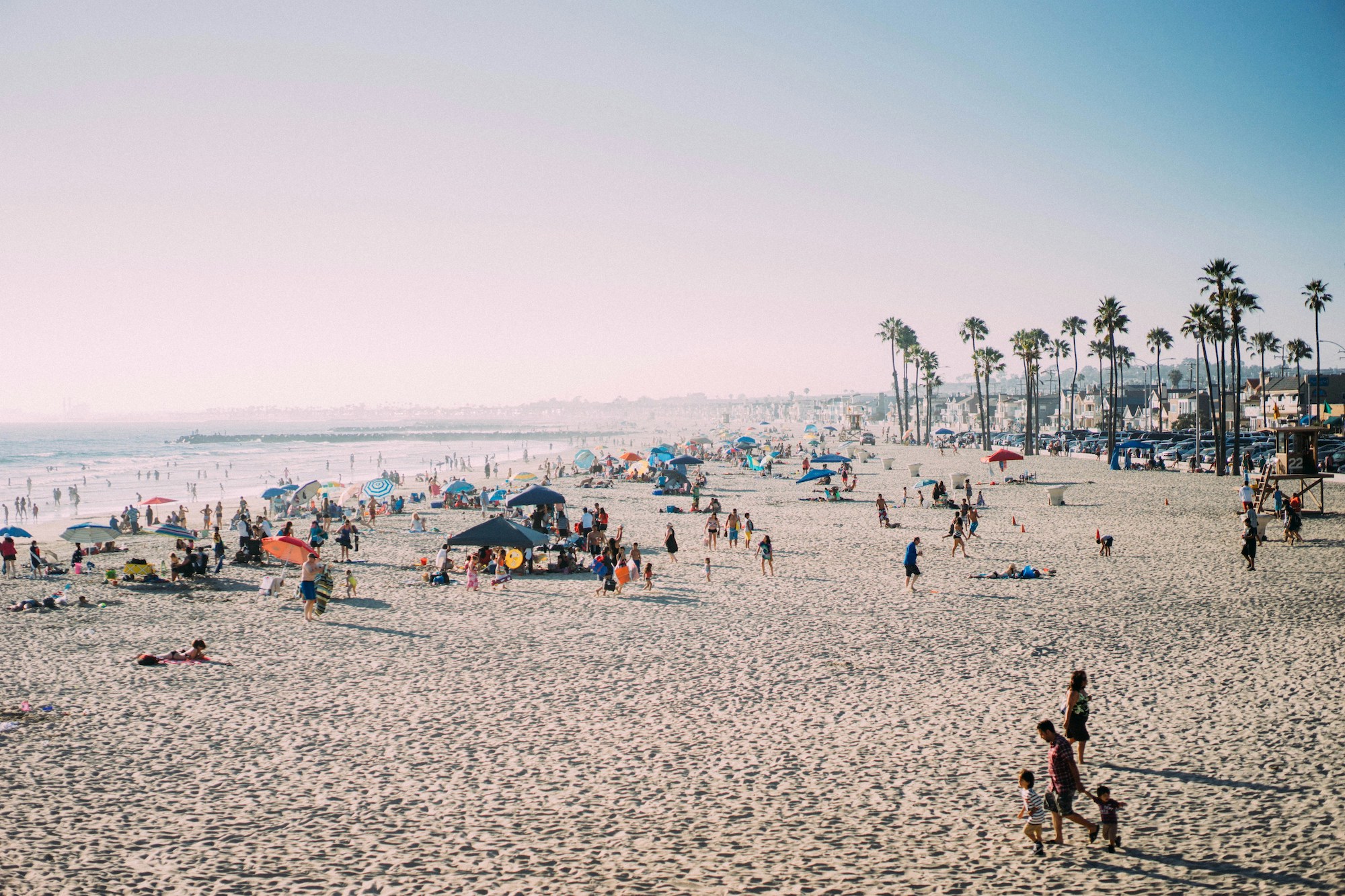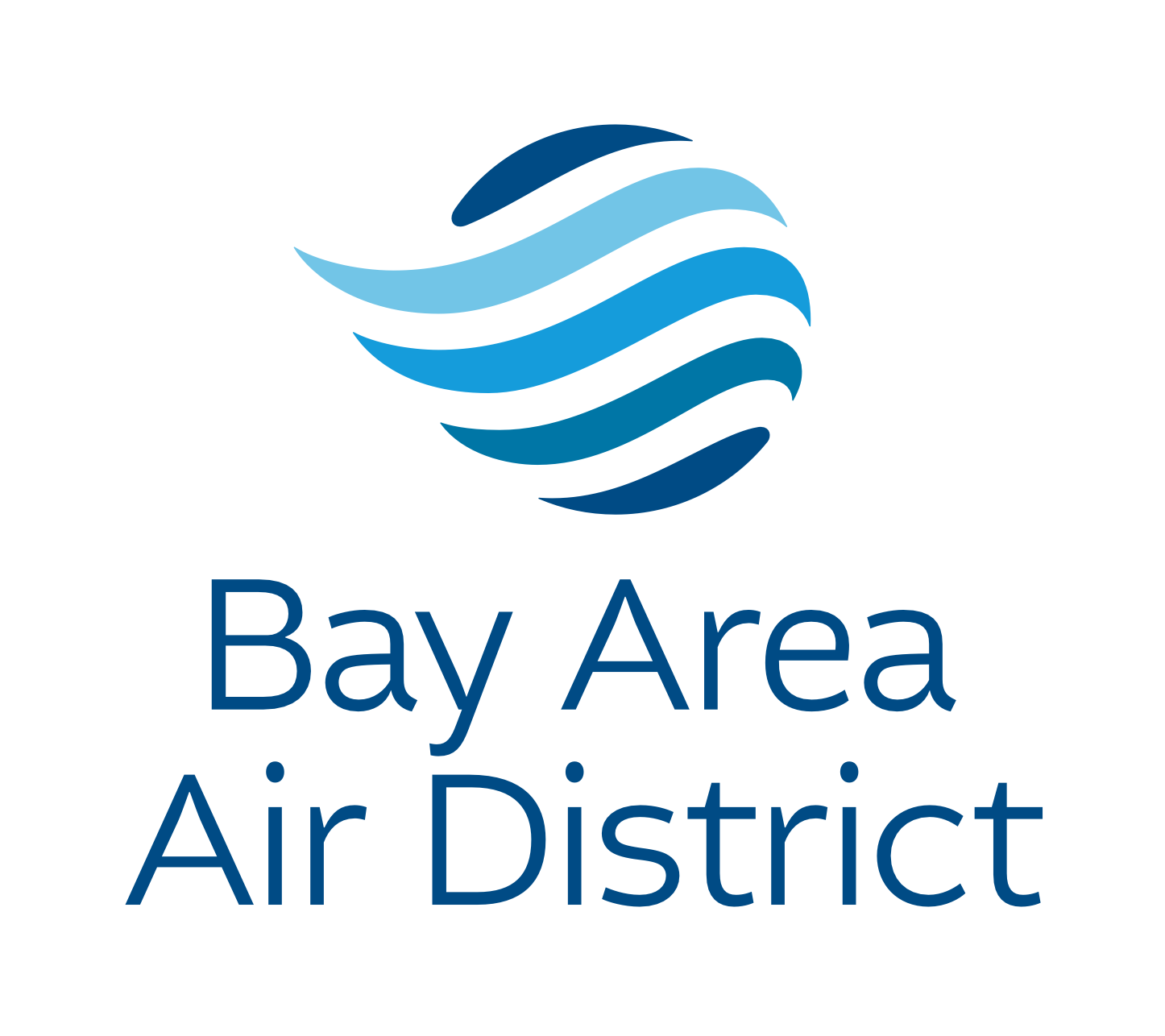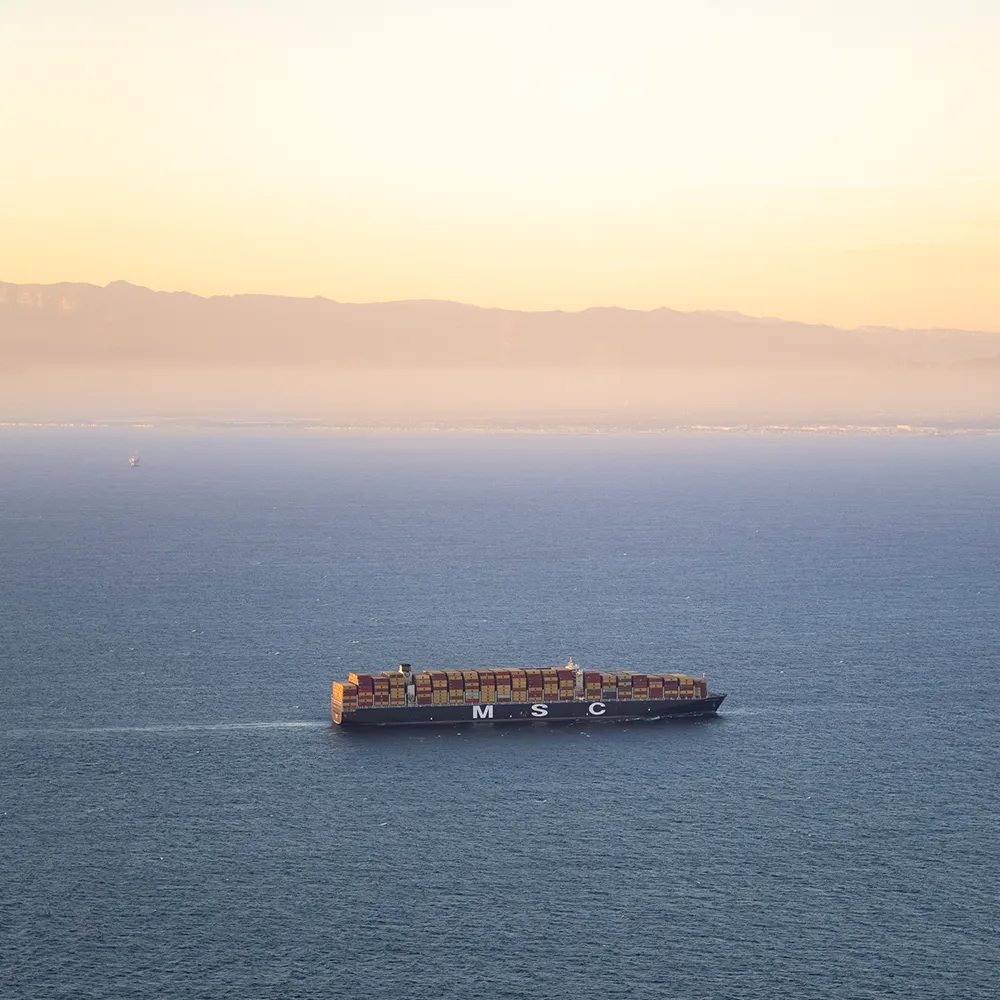Peak Ozone & Peak Migratory Season
In California, peak ozone season happens to also coincide with peak migratory seasons for endangered whales. When ships reduce speeds to help protect whales, they also reduce air pollution, creating a win-win for marine wildlife protection and air quality for people living in coastal communities.
Cleaner Air & Safer Whales
Air Districts Have Been Involved Since the Beginning
The 2014 trial year included the Santa Barbara County Air Pollution Control District, Ventura County Air Pollution Control District, Channel Islands National Marine Sanctuary and the Environmental Defense Center. Both air districts faced challenges meeting the state standards for ground-level ozone, or smog. If cargo ships traveling along the coasts voluntarily slowed down fewer pollutants would be emitted and blown onshore.
And because a lower speed also benefits whales by reducing ship strikes and ocean noise, a successful coalition was born.

Photo: Katie Abbott Photography
How This Impacts Local Air Quality
This program has given us a very effective incentive to motivate cargo ships to voluntarily decrease their emissions.








